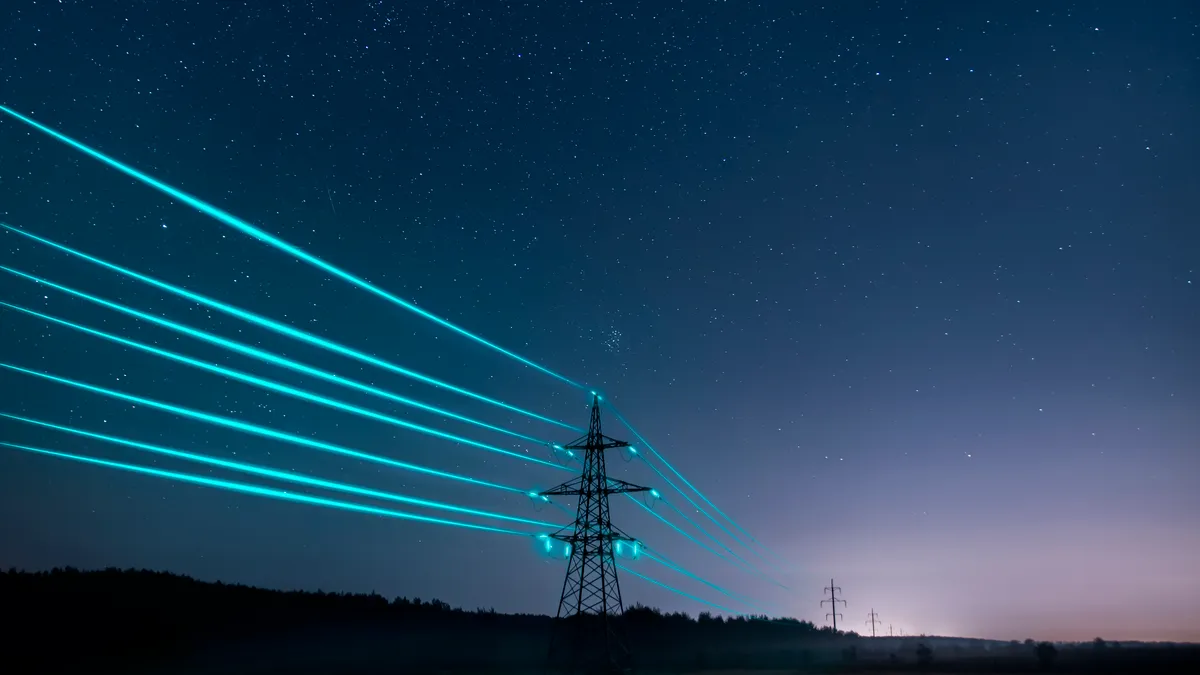The following is a contributed article by Todd Snitchler, president and CEO of the Electric Power Supply Association, which represents America’s competitive power suppliers.
Our energy regulators seem to be suffering from Firefighter Arsonist syndrome. In the realm of public safety, this refers to firefighters who set fires so they can show up and play the hero. With our power grid, this refers to the policymakers and regulators who strangle competitive electricity markets so they can say the market is broken, allowing them to exert greater control over the grid.
State policymakers and utility commissioners, alongside their federal counterparts at the Federal Energy Regulatory Commission, have saturated power markets with unworkable policies and are now openly lamenting the inability of those markets to deliver the results they expect. Specifically, some go so far as to say that regional transmission organizations, which coordinate and monitor regional, multi-state power grids, are failing to ensure reliability, and fail to deliver cost-effective electricity and are therefore no longer appropriate.
In their view, markets are now the problem, so their “fireman’s response” is to retreat to cost-of-service regulation, a regressive model where regulators are tasked with replicating the market to determine the just and reasonable cost of power rather than allowing the market to find the best price. States across the country moved toward restructuring the electricity sector more than 20 years ago because cost-of-service regulation made operation untenable, especially for industrial customers. In response, policymakers shifted that risk to shareholders and investors and off the backs of consumers, at least in part.
The result of the market approach? Emissions have dropped significantly, costs to consumers have been lower than in cost-of-service markets, and the resource mix changed at a much faster rate than in non-restructured parts of the country. One only need look to the South and West, excluding California, where RTOs/ISOs weren’t formed, to see that higher-emitting resources have remained in operation far longer and consumers were never relieved of their obligations to pay. Those regions have resisted charting an aggressive emissions reduction path forward, instead allowing the utilities to control the pace of change and not create the rapid transition problems that are unfolding in restructured markets.
In contrast, other parts of the country, such as California and New England, have passed policies that have directly impacted the power system and the organizations charged with ensuring its reliable operation. These policies have included subsidies to specific resources, requirements for certain generation resources to be deployed while driving the retirement of dispatchable power, and emission reduction targets that disproportionately impact dispatchable resources. Those states, supported by FERC, have threatened to take action unless the RTOs/ISOs accommodate preferred resources and policies.
The problematic result is a system designed to deliver economic benefits to customers is now being manipulated by a patchwork of policies to meet climate targets. The market is not broken – it was never designed to operate in this manner. And the parties causing the problems refuse to accept responsibility for the chaos they are creating.
Instead, they blame the grid operators, alternately squeezing or demonizing them for failing to do the impossible. While the RTOs/ISOs are not without some culpability for failing to defend the market, their surrender to the threats of the states and federal regulators was done in order to try to contain the fire.
These policies ignited the fire that has now grown to a conflagration as states continue to try and outbid their neighbors for offshore wind, while in D.C., Congress passed the bipartisan Infrastructure Investment and Jobs Act that subsidizes existing nuclear resources that are already profitable and more recently passed the so-called Inflation Reduction Act that puts the cost of government-chosen energy fuels and technologies on the back of every taxpayer.
What can be done in light of the uncontrollable fire spreading throughout the country? Policymakers and regulators trying to force aspirational policies on a reality-based, physically constrained systems must be honest with their constituents about the limits of their ambitions, the timeline to achieve the policy goals and the likely cost to consumers to achieve these policy ambitions. It may be an uncomfortable truth, but there is a cost to the transformation, there are resource limits that impact the ability to meet arbitrary timelines, and reliability cannot presently be ensured without the use of natural gas (and other) resources.













